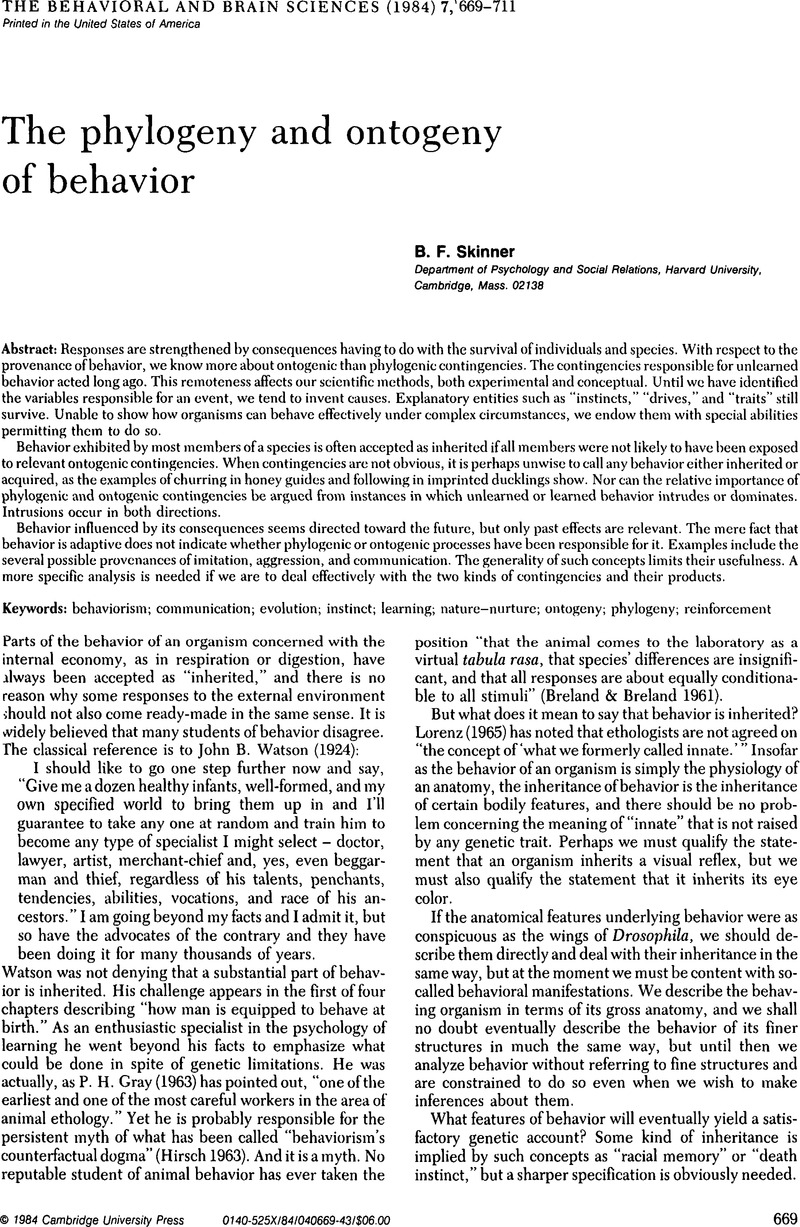Crossref Citations
This article has been cited by the following publications. This list is generated based on data provided by Crossref.
Silva, Maria Teresa Araujo
Gonçalves, Fábio Leyser
and
Garcia-Mijares, Miriam
2007.
Neural events in the reinforcement contingency.
The Behavior Analyst,
Vol. 30,
Issue. 1,
p.
17.



